What says 'euro' to you?
timbu
16 years ago
Related Stories
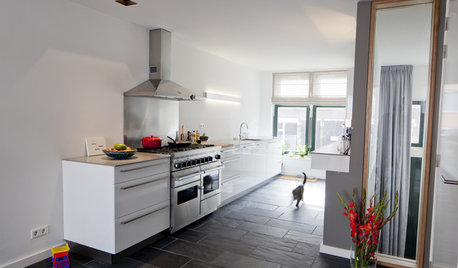
HOUZZ TOURSMy Houzz: Stunning Rotterdam Renovation
A Dutch couple snags an amazing home for — wait for it — one euro
Full Story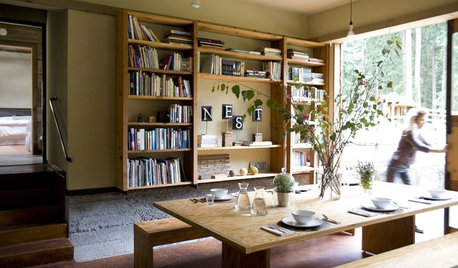
LIFETable Manners for Modern-Day Dining
Elbows and cell phones? Maybe. Forgetting to say 'thank you'? No way. Our mealtime etiquette guide takes the guesswork out of group dining
Full Story
LIFEBack to the Future of the House
Can the low-tech dwellings of the past offer design lessons for homes to come? A palace curator and book author says yes
Full Story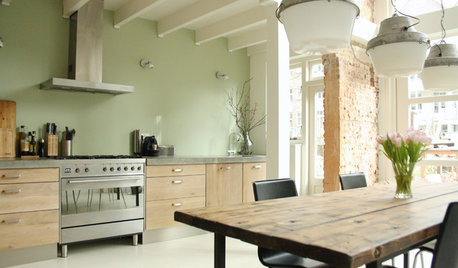
HOUZZ TOURSMy Houzz: Industrial-Edged Chic in Rotterdam
DIY efforts and unplanned aesthetics with happy results create a gorgeous home for a Dutch couple
Full Story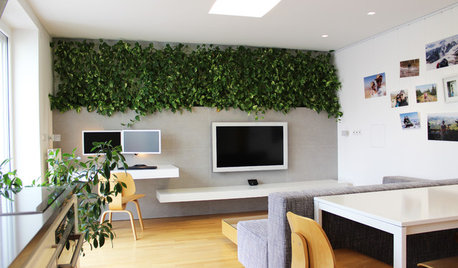
HOUZZ TOURSMy Houzz: LEDs and a Living Wall Color a Minimalist Slovakian Home
Thanks to a modern overhaul, this small Central European apartment is now a testament to efficiency and thoughtful design
Full Story
ECLECTIC HOMESHouzz Tour: Parisian Modern Updates for a Toronto Coach House
Iconic furniture, creative groupings and bold colors turn a short-term Canadian rental into a knockout
Full Story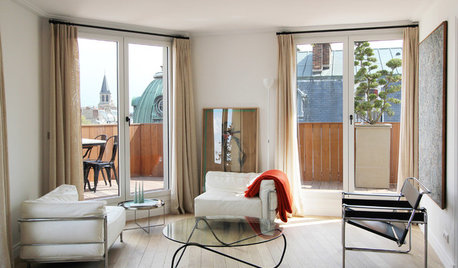
HOUZZ TOURSHouzz Tour: A Parisian Apartment Goes Modern and Bright
Sporting a rare terrace, this small French home gets stripped and redone to highlight the gorgeous skyline view
Full Story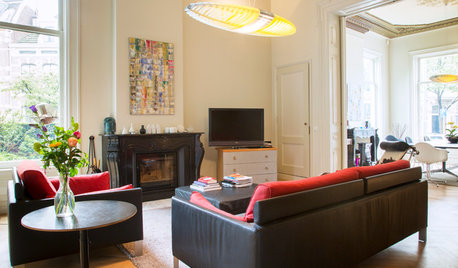
MY HOUZZMy Houzz: Renovation Brings Energy Efficiency to a Netherlands Home
A family of 5 tackles a potentially large gas and electric bill in a 19th-century house
Full Story
HOUZZ TOURSHouzz Tour: Light and Lovely Home with a Special History
Trina McNeilly redecorates the house she grew up in for her family of 6
Full Story


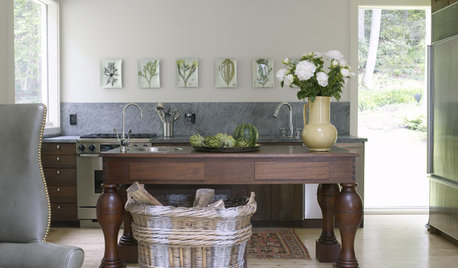
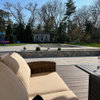

inkognito
catkim
Related Discussions
What do you mean when you say drought?
Q
What do you mean when you say it'll last...
Q
If you were a buyer, what would you say about this house?
Q
Euro washers and bulky items - what do you take to the laundromat?
Q
agardenstateof_mind
Embothrium
kailleanm
timbuOriginal Author
timbuOriginal Author
duluthinbloomz4
gonativegal
inkognito
User
duluthinbloomz4
timbuOriginal Author
Embothrium
inkognito
Embothrium
inkognito
woodyoak zone 5 southern Ont., Canada
timbuOriginal Author
wellspring
davidrt28 (zone 7)
davidrt28 (zone 7)
timbuOriginal Author
wellspring
inkognito
davidrt28 (zone 7)
davidrt28 (zone 7)
phil1066
duluthinbloomz4
isabella__MA
davidrt28 (zone 7)
Embothrium
gigiwigi
Embothrium